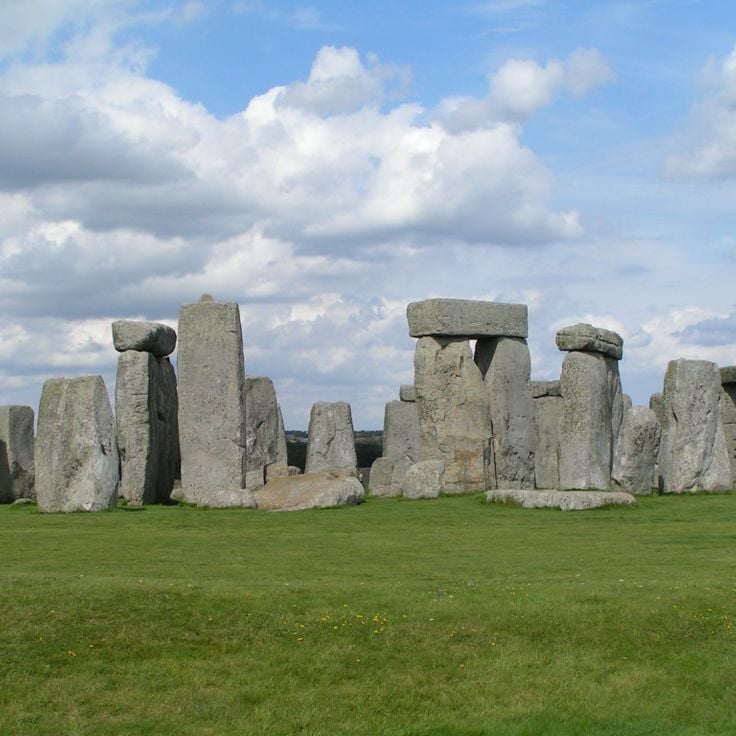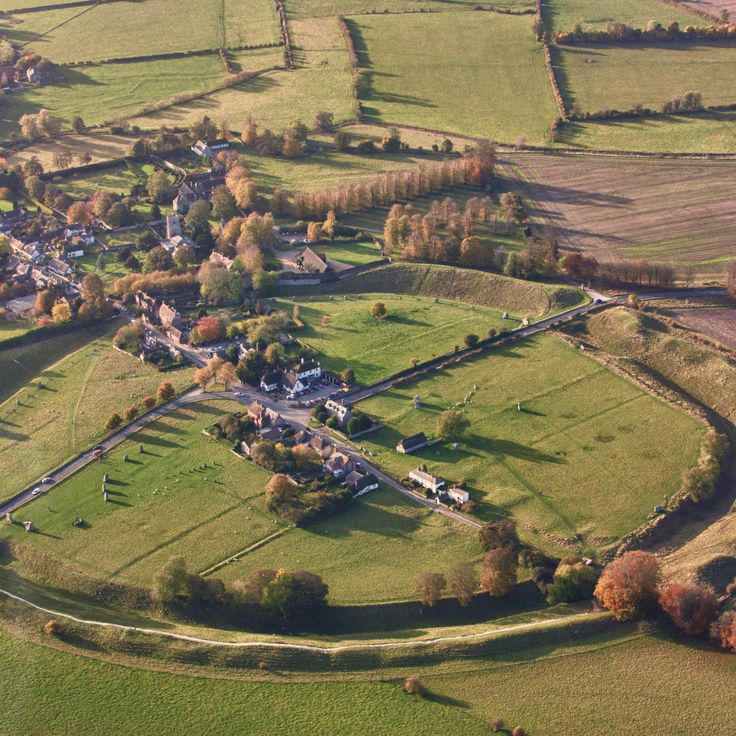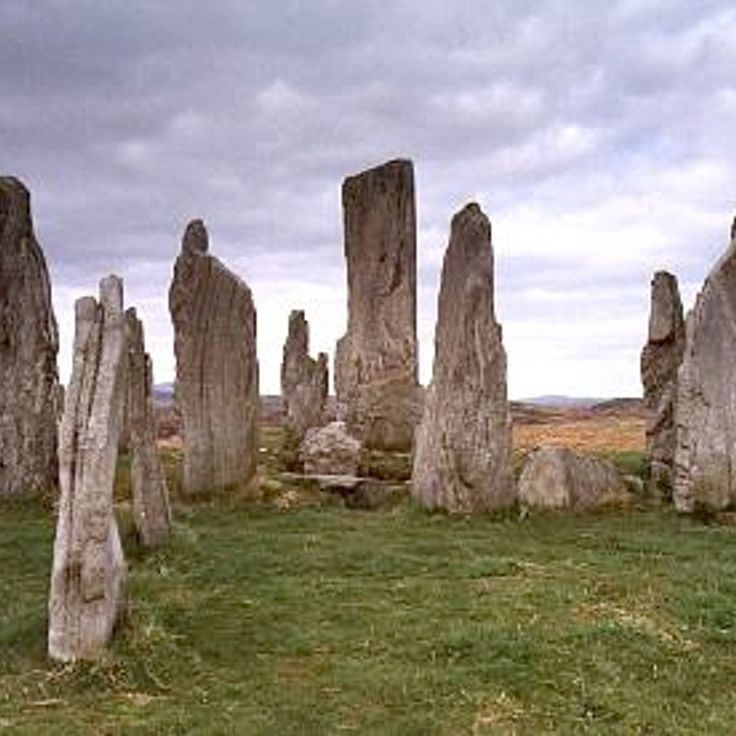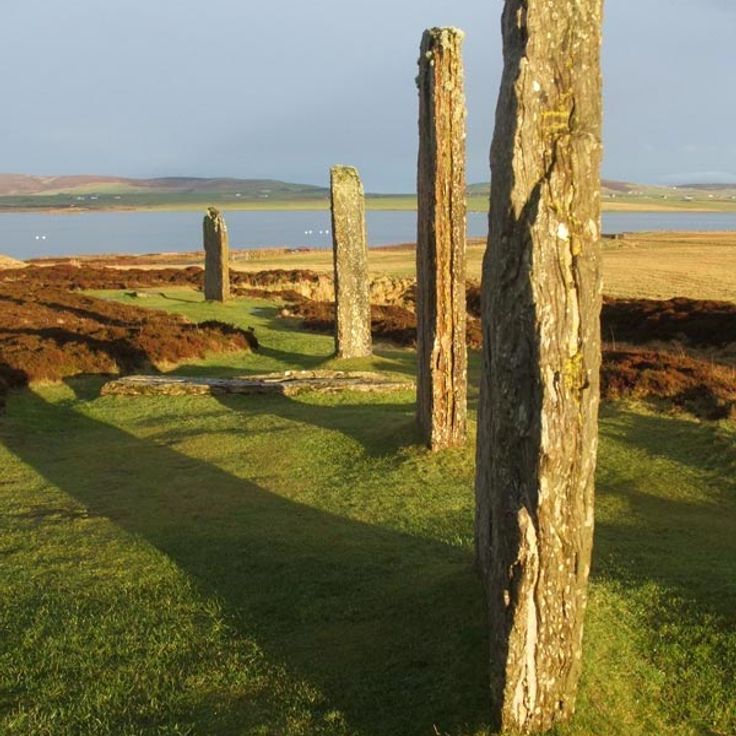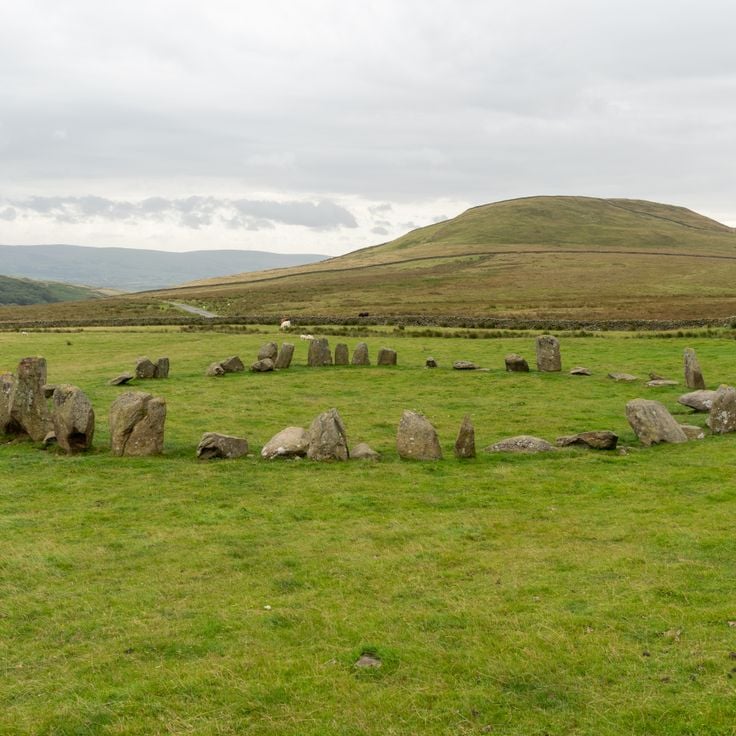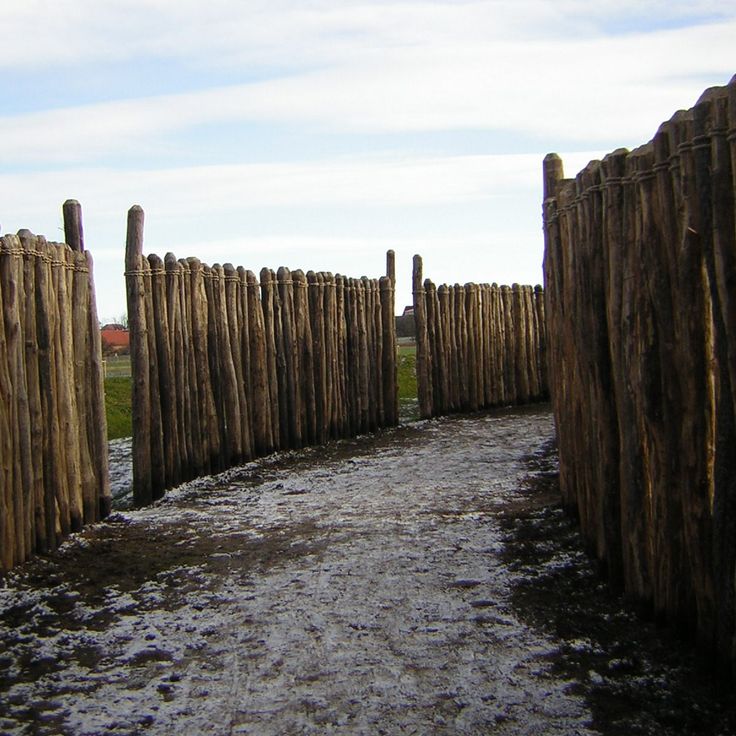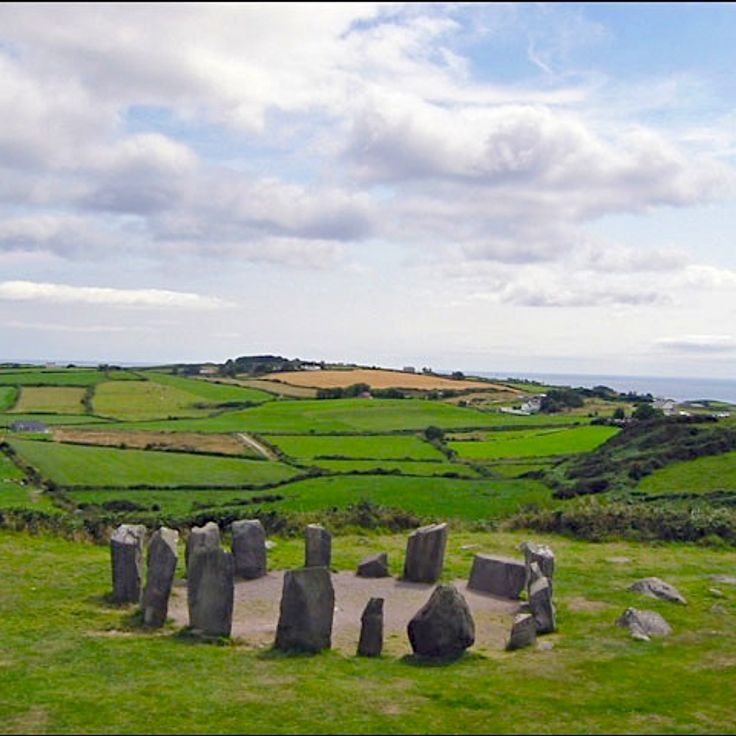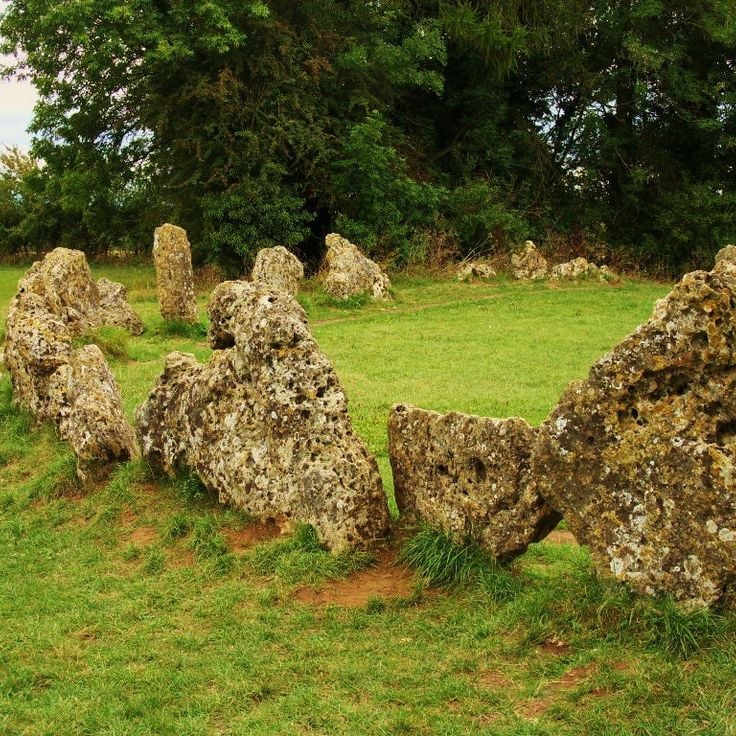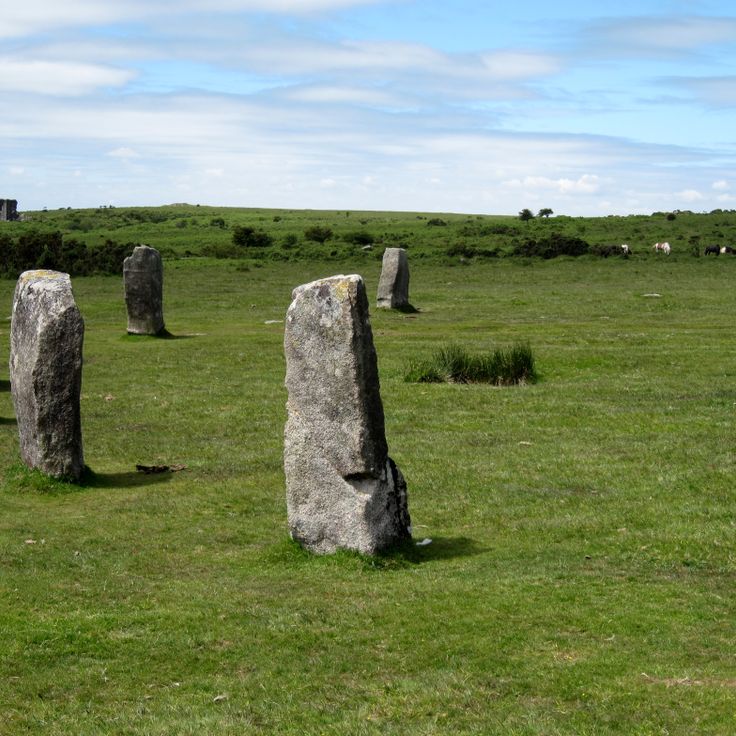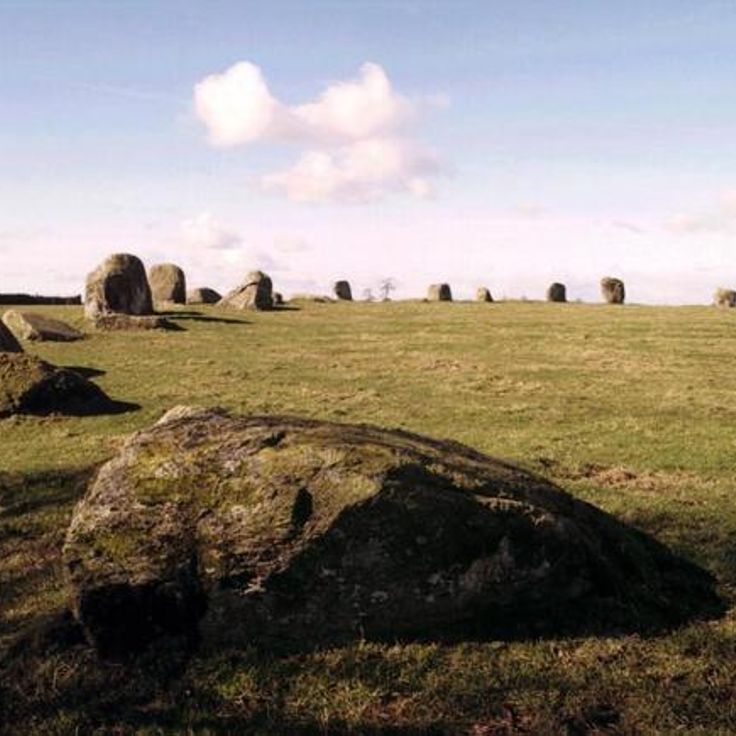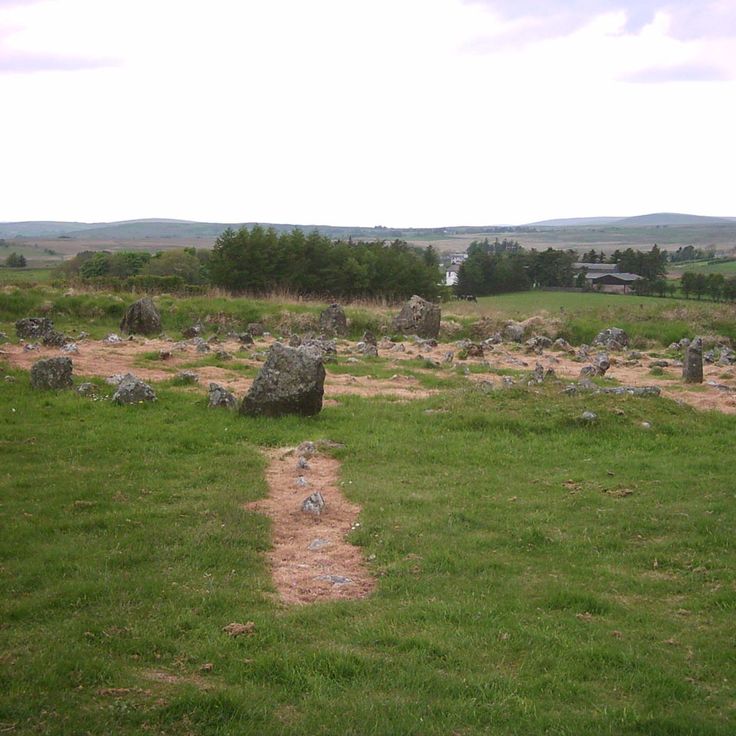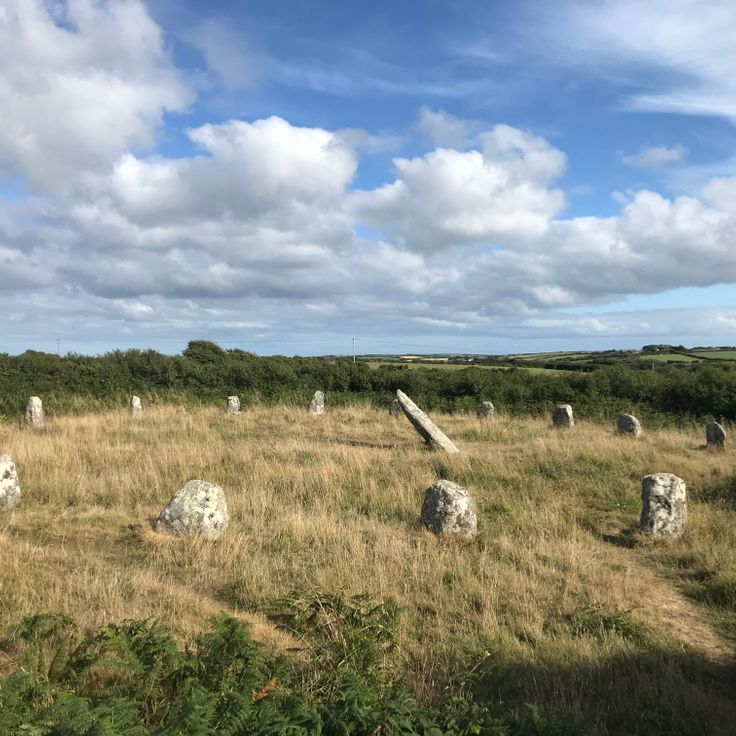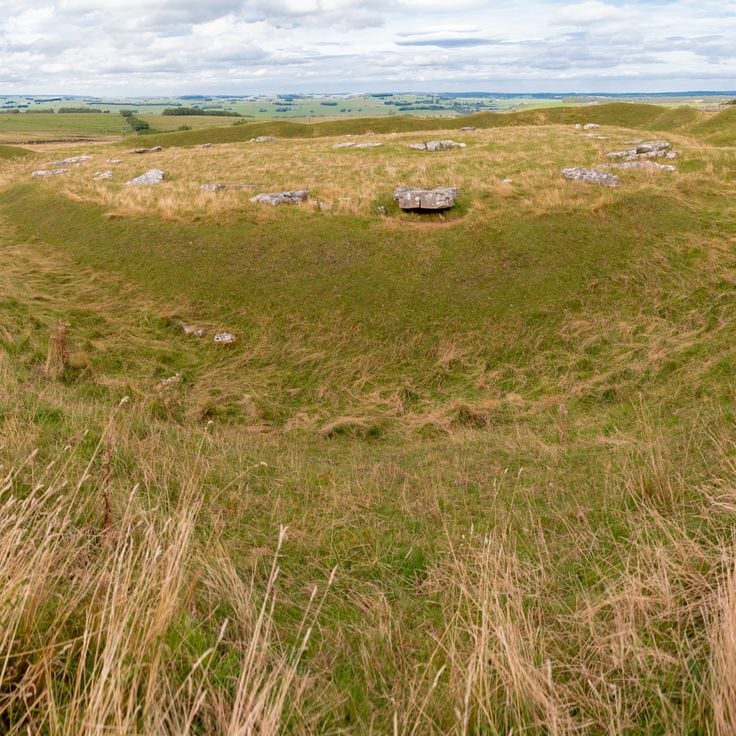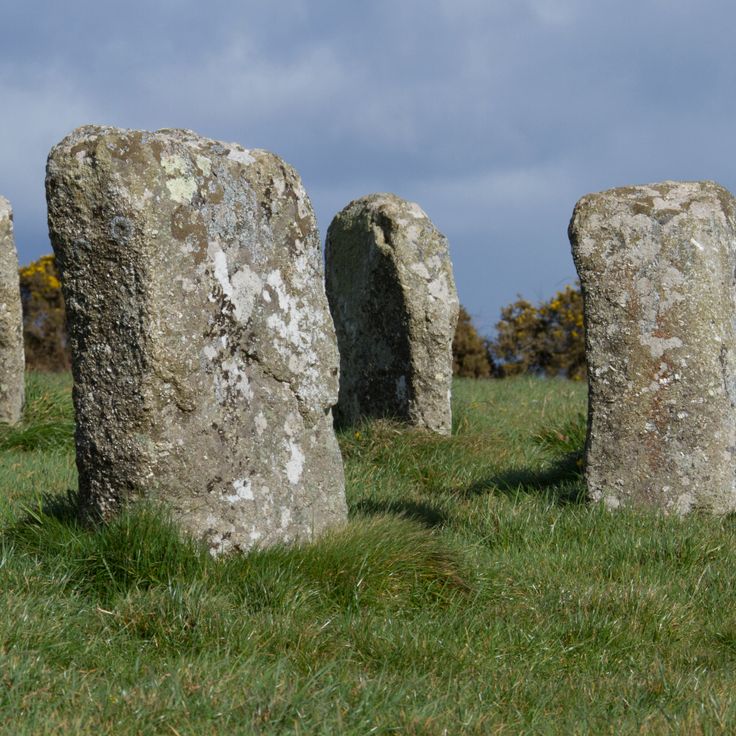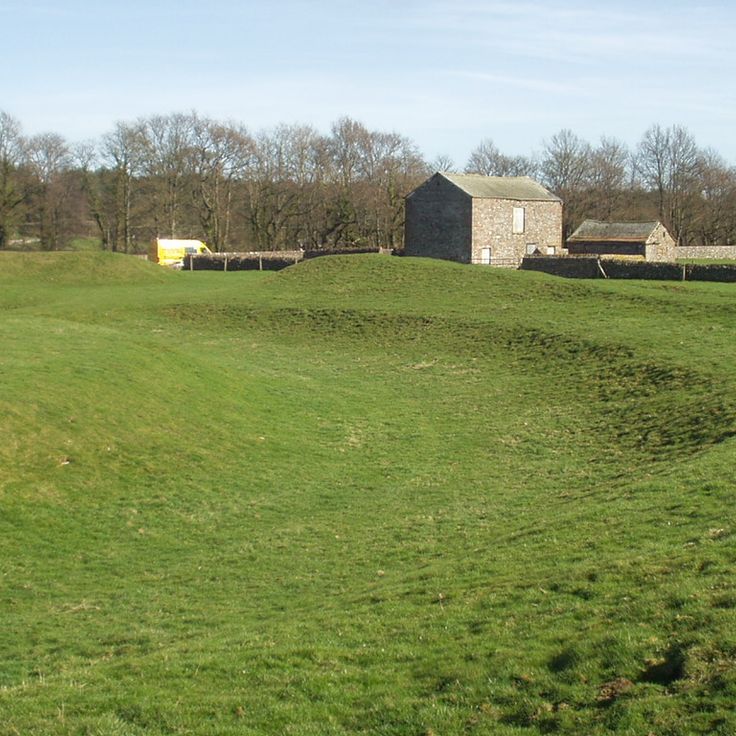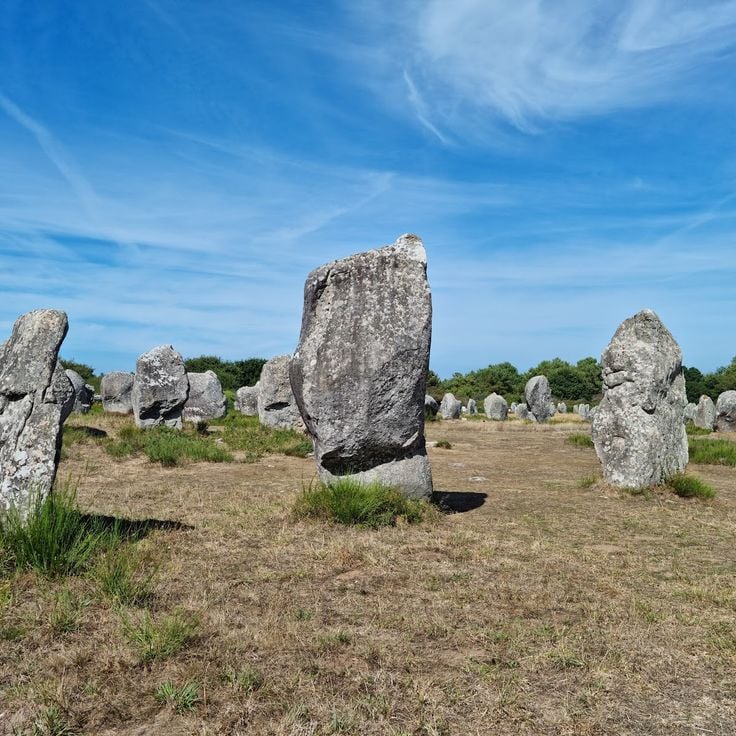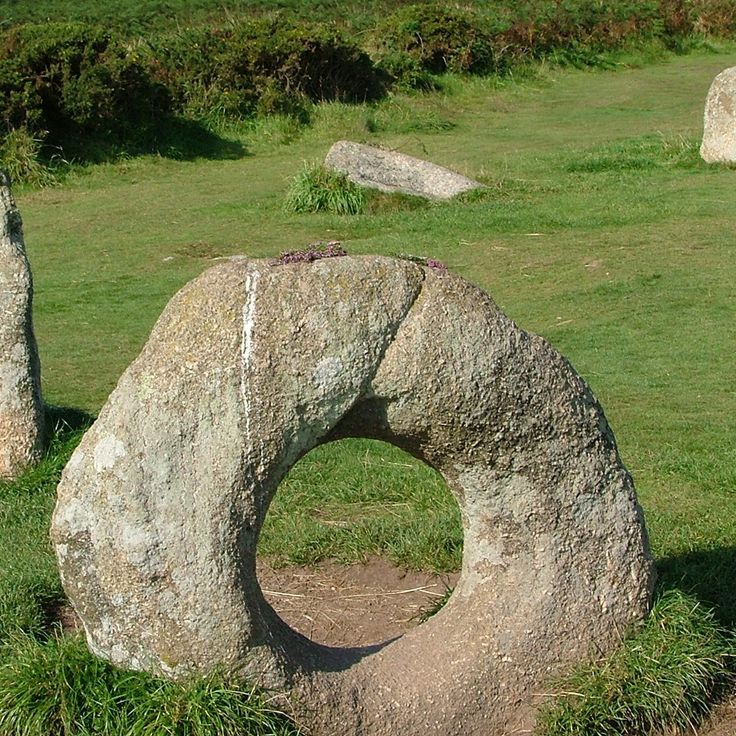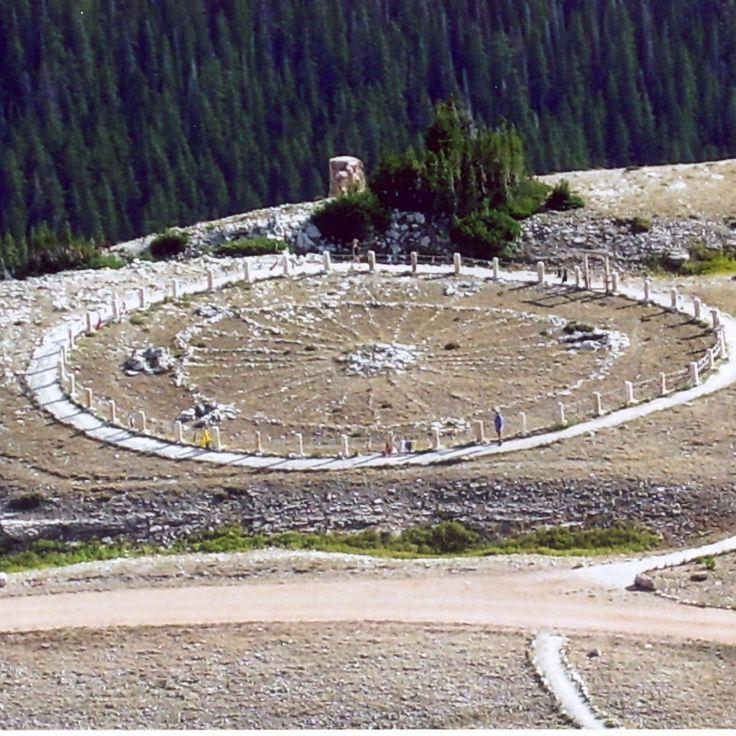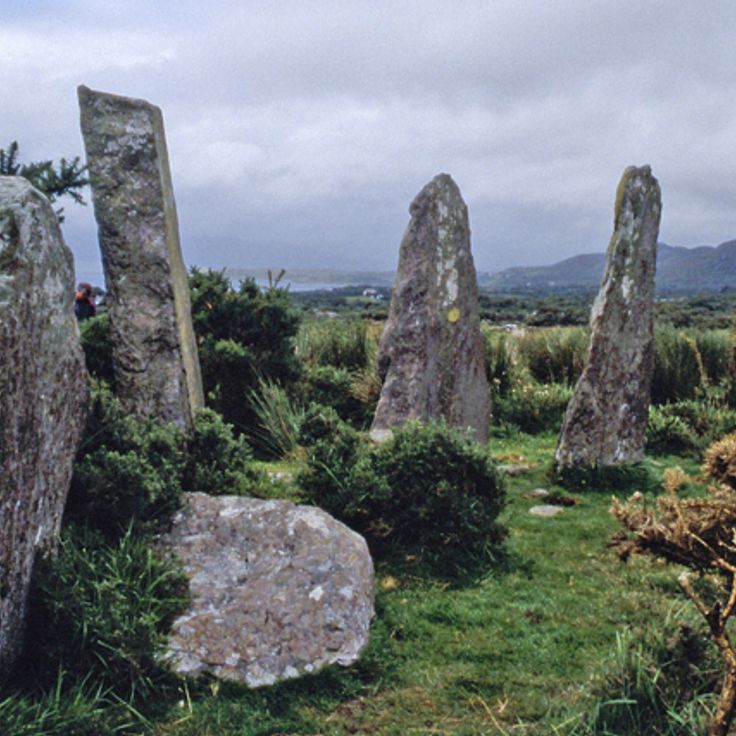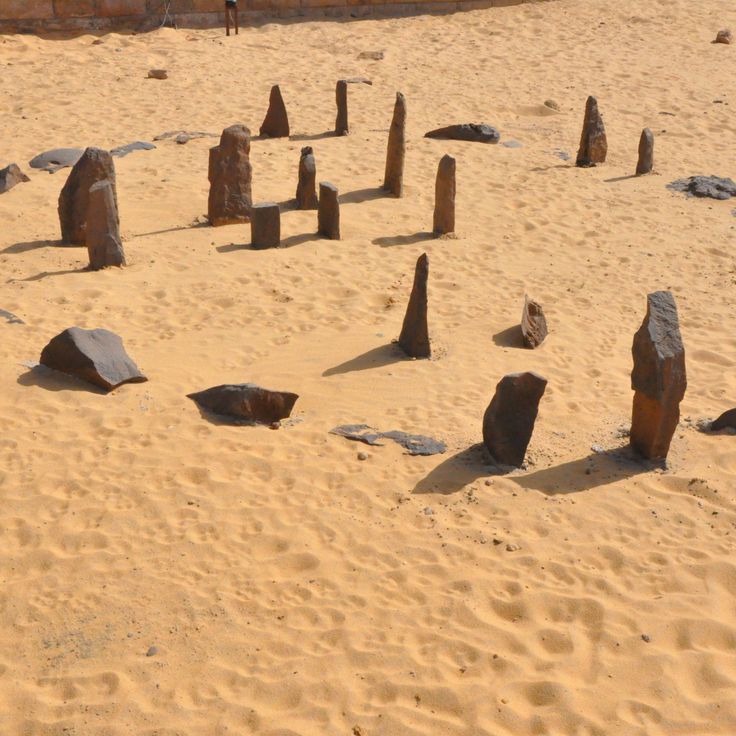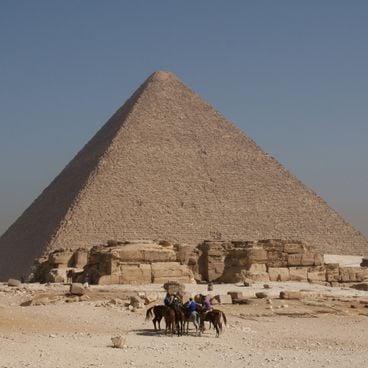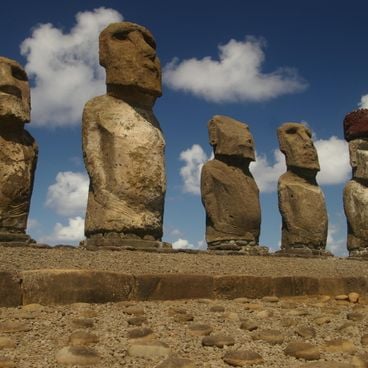Stone circles stand among humanity's earliest architectural accomplishments, constructed by prehistoric communities across Europe and beyond over thousands of years. These circular arrangements of standing stones served multiple purposes, functioning as astronomical observatories where ancient peoples tracked celestial movements, seasonal changes, and solar events. The monuments also acted as communal gathering spaces for ceremonies, trade, and social activities. The engineering skills required to transport, raise, and position these massive stones—some weighing several tons—reveal the sophisticated organizational capabilities and technical knowledge of Neolithic and Bronze Age societies. This collection spans numerous locations throughout Europe. In England, Stonehenge features precisely arranged upright stones forming a 98-foot (30-meter) circle built between 3000 and 2000 BC, while the Avebury complex measures 1,086 feet (331 meters) across and dates to 2850 BC. Scotland hosts several significant sites, including the Callanish Stones with a central monolith standing 16 feet (4.8 meters) tall, and the Ring of Brodgar, which originally contained 60 stones encircled by a 30-foot (9-meter) wide ditch. The Castlerigg Stone Circle sits surrounded by Lake District peaks, constructed around 3000 BC. Beyond the British Isles, Germany's Goseck Circle demonstrates astronomical alignment dating to 4900 BC, making it one of the oldest known structures of its kind. Ireland's Drombeg Stone Circle uses 17 stones to mark solstice positions. Each site provides insight into how prehistoric communities observed the heavens, marked time, and organized their societies around these enduring monuments.
Stonehenge is one of the most recognized Neolithic stone circles, consisting of 30 upright megaliths forming a ring 98 feet (30 meters) in diameter. This monumental structure was built between 3000 and 2000 BC and served as an astronomical observation point and gathering place. The arrangement of the stones displays precise alignments with solstices and star constellations. The construction demonstrates the technical abilities of early societies in planning and erecting this significant megalithic structure.
Avebury is a Neolithic stone circle measuring 331 meters (1,086 feet) in diameter, surrounded by a ditch dating from 2850 BC. This monumental structure served as an astronomical observation point and gathering place for early societies. The stones were placed and aligned with considerable precision, demonstrating the technical abilities of the prehistoric builders. The stone circle shows connections to solstices and star constellations.
The Callanish Stones are a Neolithic stone circle on the Isle of Lewis in Scotland. This prehistoric complex served as an astronomical observation point and gathering place for early societies. The central monolith reaches a height of 16 feet (4.8 meters) and is surrounded by a main ring of 13 stones. The site demonstrates the technical abilities of Neolithic builders in the precise placement and alignment of the megaliths. This stone circle structure connects to solstices and star constellations.
The Ring of Brodgar is a prehistoric stone circle on the Orkney Islands that originally consisted of 60 stones. Today, 27 upright stones remain, surrounded by a ditch 30 feet (9 meters) wide. This site is among the most important megalithic monuments in Scotland and demonstrates the astronomical knowledge of its builders. The precise alignment of the stones suggests connections to solstices and star constellations. This stone circle served as a gathering place and astronomical observation point, showing the technical abilities of early societies.
Swinside is a prehistoric stone circle located in Lake District National Park in Cumbria. This megalithic structure consists of approximately 55 stones forming an oval ring measuring about 90 feet (27 meters) in diameter. The circle was constructed during the late Neolithic or early Bronze Age and demonstrates the astronomical knowledge of early communities. The stones were positioned with considerable precision. This monument likely served as a gathering place and for observing celestial events. The remote location makes Swinside one of the best preserved stone circles in northern England.
This Neolithic stone circle in Cumbria stands on a raised plateau surrounded by Lake District peaks. Castlerigg Stone Circle dates from around 3000 BCE and consists of 38 stones forming a circle approximately 100 feet (30 meters) in diameter. The structure displays precise astronomical alignments and likely served as a gathering place and observation point. The positioning of the stones enabled observations of the solstices. This prehistoric construction demonstrates the technical abilities of early societies in northern England.
The Goseck Circle is a Neolithic structure in Saxony-Anhalt built around 4900 BCE and stands as one of the oldest known solar observation sites in Europe. This circular arrangement consists of concentric ditches, palisades, and gates precisely aligned with the solstices. The construction demonstrates the astronomical knowledge and technical abilities of early agricultural societies. This circle served as a gathering place and for observing solar movements throughout the year. This prehistoric site documents the development of early calendar systems and ritual practices in Central Europe.
This Bronze Age stone circle in County Cork features 17 stones aligned to mark the solstice points. The precise arrangement of the megaliths demonstrates the astronomical knowledge of prehistoric societies in Ireland. Drombeg Stone Circle served as an observation point for celestial phenomena and as a gathering place. The construction shows the technical capabilities of early communities who transported and positioned heavy stones with accuracy. This site connects prehistoric culture with the tracking of seasons and astronomical events.
The Rollright Stones consist of three megalithic monuments from the Neolithic and Bronze Age periods located on the Oxfordshire and Warwickshire border. These stone circle structures served as astronomical observation points and gathering places. The constructions demonstrate the technical abilities of early societies. The stones were placed and aligned with precision. Many of these circles connect to solstices and star constellations. The Rollright Stones document megalithic construction practices in England during prehistoric times.
The Hurlers are three bronze age stone circles positioned close together on Bodmin Moor in Cornwall. These prehistoric structures demonstrate the astronomical knowledge and communal practices of early societies in this region. The three circles were constructed with technical precision and show the abilities of the builders to transport and align large stones. This arrangement of multiple stone circles in close proximity is rare in Britain and makes the Hurlers a significant example of megalithic construction. The stones were positioned in straight lines, suggesting astronomical observations.
This stone circle from the late Neolithic or early Bronze Age ranks among the largest megalithic structures in England. Long Meg and Her Daughters consists of around 59 stones forming an oval ring, along with the prominent outlier stone Long Meg. The circle measures approximately 340 feet (105 meters) in diameter. Long Meg displays carved prehistoric motifs and likely served as an orientation marker. The site demonstrates the astronomical knowledge and construction abilities of early communities. The stones were positioned with attention to astronomical events. This structure represents the technical and organizational achievements of prehistoric societies in northern England and fits within the tradition of megalithic observatories used for celestial observation and communal gatherings.
This early Bronze Age megalithic complex demonstrates the astronomical knowledge and construction capabilities of prehistoric communities in Northern Ireland. Beaghmore Stone Circles comprises seven stone circles, numerous cairns, and stone rows constructed between 2000 and 1200 BCE. The structures show precise alignments with astronomical events such as solstices. The complex was discovered and excavated in 1945 during peat cutting operations. The circles vary in diameter from 33 to 72 feet (10 to 22 meters). This site likely served as a ceremonial gathering place and observation point for celestial events.
This Bronze Age stone circle consists of 19 granite stones surrounding a central quartz stone. Boscawen-Un was constructed during the Bronze Age and demonstrates the capability of prehistoric communities to position heavy stones with precision. The arrangement of the stones suggests astronomical knowledge, with the alignment possibly connected to solstices. The central quartz stone distinguishes this structure from other stone circles in Cornwall. The construction likely served as a gathering place and observation point for astronomical events. The technical execution provides evidence of the advanced building abilities of early societies in this region.
Arbor Low is a Neolithic stone circle in Derbyshire containing about 50 limestone blocks surrounded by an earthen bank and ditch. This prehistoric site demonstrates the capabilities of early communities in constructing monumental structures for astronomical observation and as gathering places. The stones were placed and aligned with care, indicating technical knowledge. The stone circle serves as an example of megalithic structures created for connections to solstices and star constellations.
This stone circle consists of 19 evenly spaced granite stones with 10 feet (3 meters) between each stone. The Merry Maidens represent an example of the prehistoric monumental structures that served as astronomical observation points and gathering places. The precise placement of the stones demonstrates the technical abilities of early societies in Cornwall.
This stone circle stands at an elevation of 985 feet (300 meters) and preserves 15 of the original 30 stones. Mitchell's Fold belongs to the prehistoric megalithic structures that served as astronomical observation points and gathering places. The precise placement of the stones demonstrates the technical abilities of early societies. This construction shows how many such circles connect to solstices and star constellations. The remaining stones provide insight into the monumental building practices of prehistoric times and the importance of such sites for the communities of that era.
This circular monument in Cumbria dates from the Neolithic period and measures 90 meters (295 feet) in diameter. The ditch reaches a depth of 7 feet (2 meters). The site demonstrates the technical abilities of early societies in placing and aligning such prehistoric stone circles. The construction likely served as an astronomical observation point and gathering place.
Blå Jungfrun is a granite island in Kalmarsund with a diameter of approximately 2,600 feet (800 meters). A stone labyrinth from the Bronze Age sits on the south side of this island. The structure demonstrates early techniques for stone placement and alignment. This construction belongs to the prehistoric monuments that served as astronomical observation points and gathering places. The labyrinth shows the technical abilities of early societies. The stones may connect to astronomical events such as solstices and star constellations. The island preserves evidence of megalithic construction methods from prehistoric times.
The Carnac Stones in Brittany form one of the largest megalithic complexes in Europe, with stone rows extending over 2.5 miles (4 kilometers). These menhirs were erected between 4500 and 2500 BCE and represent one of the most significant prehistoric monuments used for astronomical observation and communal gatherings. The site demonstrates the advanced technical abilities and astronomical knowledge of Neolithic societies. The precise alignment of the stones indicates their use for observing solstices and star constellations.
Carahunge consists of 223 basalt blocks distributed across 7 hectares (17 acres) of land. 80 of these stones have holes in their upper section. This prehistoric structure in Syunik Province served possibly for astronomical observations and as a gathering place. The arrangement of the stones demonstrates the technical abilities of early societies. The holes in the stones may have been used for alignments with celestial bodies or for solstices. Carahunge is among the megalithic monuments that expand our understanding of prehistoric construction techniques.
This stone circle from the Neolithic period encloses a water source that was used by Celtic people as a religious site. Madron Spring combines megalithic construction with a natural spring sanctuary in Cornwall. The site demonstrates the importance of water sources in prehistoric cultures. The stones were arranged to emphasize the sacred character of the spring. The structure documents the continuity of ritual practices across millennia.
Men-an-Tol is a Bronze Age monument in Cornwall consisting of three upright stones. The central stone features a round hole through its center, a distinctive characteristic among prehistoric stone circles worldwide. This construction demonstrates the technical abilities of early societies and their capacity to precisely shape and position stones. The monument possibly served astronomical observations or ritual purposes. Men-an-Tol belongs to the megalithic structures that functioned as gathering places and shows connections to solstices or star constellations.
Rujm el-Hiri is a Bronze Age megalithic monument in the Golan Heights consisting of five concentric stone rings surrounding a central burial mound measuring 25 meters (82 feet) in diameter. This prehistoric structure demonstrates the capabilities of early societies in the Golan to transport and position large stone blocks with astronomical precision. The stone rings likely served as an observation point for celestial phenomena and as a ceremonial gathering place. The precise arrangement of the stones suggests calendrical calculations and the tracking of solstices.
This prehistoric stone circle served Native Americans for astronomical observation. Medicine Wheel Mountain features 28 spokes aligned precisely with celestial bodies. The structure enabled observation of summer and winter solstices. The arrangement of stones demonstrates advanced knowledge in astronomy and geometry. As part of prehistoric stone circles worldwide, this site documents early abilities in systematic sky observation and construction of monumental structures. The configuration allowed communities to track seasonal changes and plan agricultural activities accordingly.
This stone monument consists of two concentric rings with an outer diameter of 79 feet (24 meters). The site occupies elevated ground on the Furness peninsula and likely served as a gathering place and possibly for observing astronomical events. The stone arrangement demonstrates the construction abilities of prehistoric communities in this region. The elevated position provided clear sightlines across the surrounding landscape. Birkrigg Circle belongs to the megalithic structures erected during the Bronze Age or Neolithic period in northern England.
This stone circle stands on elevated ground in County Cork and consists of nine upright stones. The formation demonstrates the technical abilities of prehistoric societies who built such megalithic structures as astronomical observation points and gathering places. The Ardgroom Circle was constructed with precise alignment, characteristic of many such monuments. From this location, the site provides a view of Kenmare Bay, which may have played a role in the placement of the stones. The nine stones form a configuration typical of prehistoric stone circles in this region.
This oval stone circle in County Kerry consists of fifteen upright stones forming an elliptical arrangement. A large megalith stands at the center of the formation, serving as the focal point of the structure. The Kenmare Circle, locally known as The Shrubberies, represents the megalithic building traditions of prehistoric communities in Ireland. The placement of the stones demonstrates the technical understanding of early societies in constructing astronomical observation points and gathering places. This construction is part of the extensive megalithic landscape of southwest Ireland.
The Twelve Apostles Circle on Ilkley Moor is a prehistoric stone circle where eight of the original twelve stones remain standing upright. This megalithic structure in West Yorkshire served as an astronomical observation point and gathering place for early communities. The positioning of the stones demonstrates the technical abilities of prehistoric societies in constructing such monuments. The stone circle sits on moorland and forms part of the region's cultural heritage.
Nabta Playa is a megalithic structure from the sixth millennium BCE located in the Western Desert of Egypt. This stone arrangement served to observe star movements and the position of the sun. The precise alignment of the stones demonstrates the astronomical knowledge of early societies in this region. As one of the oldest known astronomical monuments, Nabta Playa shows the technical abilities of prehistoric communities and their connection to celestial phenomena.
